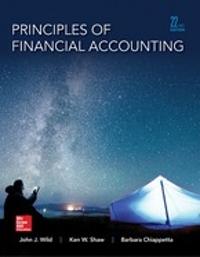Answered step by step
Verified Expert Solution
Question
1 Approved Answer
1. (25) Miranda is stranded on a desert island, and having quite the enterprising spirit, notices that the oceans are teeming with sh and immediately






Step by Step Solution
There are 3 Steps involved in it
Step: 1

Get Instant Access to Expert-Tailored Solutions
See step-by-step solutions with expert insights and AI powered tools for academic success
Step: 2

Step: 3

Ace Your Homework with AI
Get the answers you need in no time with our AI-driven, step-by-step assistance
Get Started


